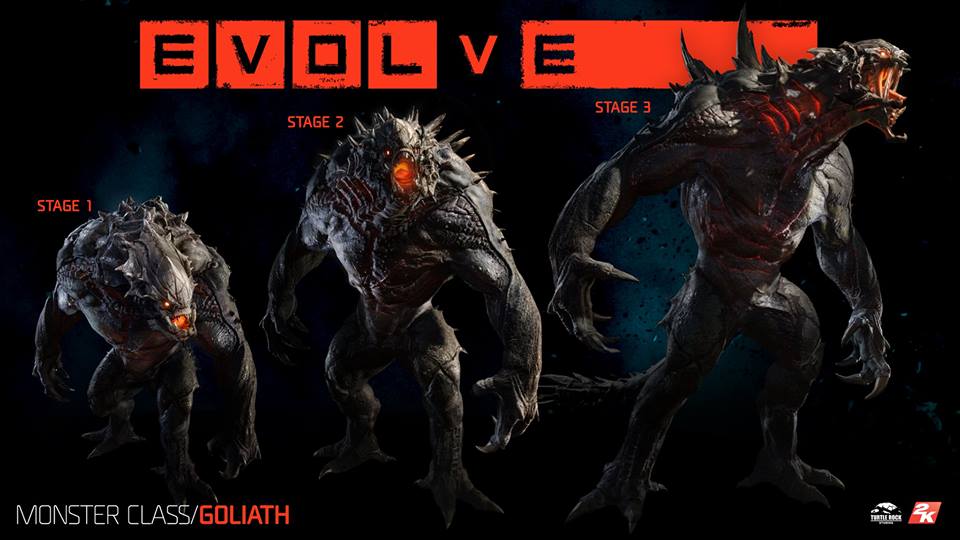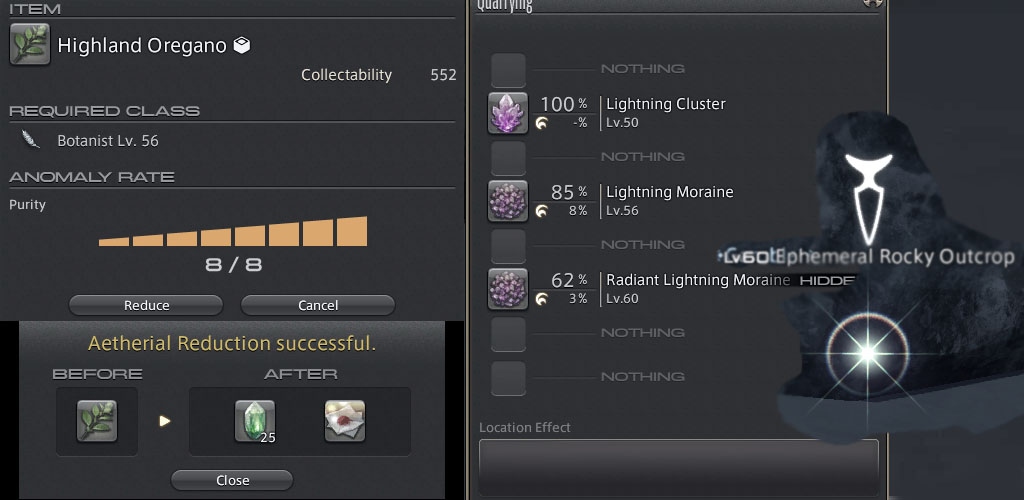

Vinyl is coming back in a big way.
Record sales in the first half of 2015 grew by 52%, putting the industry on course for its best year since 1994. And vinyl sales in the US are now worth more than the free music services from Spotify, YouTube, and Vevo combined.
Meanwhile, the argument rages on about whether vinyl is superior to digital, or not.

If you’re ready to join the new listening revolution, you’ll need to buy a turntable. But where do you start? There’s an almost unlimited number of products to choose from, with prices ranging from the tens of dollars to the thousands.
Here’s what you need to know about buying a record player.
Most budget turntables are retro-styled players in plastic casing with their own built-in speakers. It’s everything you need to give vinyl a try, or to give your parents’ old record collection a listen. But if you’re looking for the warmer, richer sound that vinyl fans eulogize, then you’ll need to spend more.
Pushing your budget up to the next level will give you noticeable improvements. But this is also where it gets complicated.

As you move up to the mid range and beyond, the price grows exponentially. Most mid-range turntables don’t have their own speaker so you’ll need to supply your own. You might also need to supply your own phono preamp since most players won’t be powerful enough to drive the speakers without one.
Suddenly, you’re budgeting for a whole lot more than just a record player. And when you get to the high end, you virtually have to configure the whole machine yourself to get the best out of it — for example, adding your own platters, tonearms, and other components. (We’ll get to these later.)
In short, you get what you pay for. It’s a good idea to pay beyond the bare minimum, leaving you with room to grow, but it’s definitely easy to end up spending more than you wanted to, so be careful.
When buying a turntable, you have the choice between manual and automatic (or sometimes semi-automatic).

This refers to the method used to place the needle on, and remove it from, the record. On an automatic system, it happens at the push of a button. On a manual system, you need to lift the arm and place it on the record yourself. On a semi-automatic table, you place the needle manually but it is lifted off at the end.
Most mid to high end turntables are manual. It’s not really a big deal either way — if you don’t have a steady hand, you could end up scratching the record, but you’ll liekly pick up the technique quickly and it isn’t all that difficult.
Most records play at one of two different speeds, measured in revolutions per minute (RPM). Seven-inch records, called singles, play at 45 RPM while 12-inch records, called albums and EPs, play at 33 RPM. Both speeds are supported by every turntable.
Some turntables are classified as three-speed and support a third speed of 78 RPM. These are for older ten-inch records which have wider grooves, so you may still need to replace your stylus to play them. But unless you’re planning to collect records manufactured before the mid-1950s, you don’t need to worry about 78 RPM.

However, because record players are analogue systems, you’re not guaranteed the same precision that you’d expect from a digital device.
Just because a player is set to 33 RPM doesn’t mean the record will revolve exactly 33 times per minute. There are numerous factors that can affect the speed, with the result that some players may be slightly slower, and some may even be slower when the needle is on the outer edge of the record and speed up as it gets closer to the center.

Fortunately, Platterspeed.com has apps for iOS and Android that measure the performance of a turntable. We recommend using these to see the exact speeds of whichever player you end up with.
One issue you might overlook is where you are going to put the record player itself. It sounds trivial, but there’s more to it than simply clearing a place on a shelf.
Turntables are uniquely vulnerable to vibration. The vibrations caused when the needle travels through the grooves in a record are literally what creates sound. External vibrations, therefore, will also be turned into sound, usually in the form of a hum. Excessive vibration can even cause the needle to jump and skip.

You need to place the turntable on a sturdy surface away from any potential interference. If you still have problems, you can pick up an isolation system or a specially designed turntable shelf that dampens vibration.
Vibrations can also be self-imposed, often through the use of lightweight components. For this reason, you’ll want to consider how upgradeable a turntable is before you buy it.
How upgradeable a system is generally depends on the price bracket of the player. Entry-level systems are intended to be ready to go right out of the box, while higher-end models are expected to be expanded with additional components.
That being said, there are always a few parts that can changed, though some are easier than others.
The platter is the spinning plate that the record sits on. As a general rule, a heavier platter is better because it reduces vibration. Additional dampening is possible with a platter mat.
The tonearm is the part that swings across the record, enabling the needle to make contact with the disc. The quality of the tonearm can have a big impact on the accuracy and consistency with which the record rotates.

Also known as the needle, the stylus is the easiest part to upgrade and the most worthwhile. The stylus makes direct contact with the grooves on a record and is responsible for the accuracy and detail of sound reproduction. A stylus will also wear out over time and should be replaced every 1,000 hours or so.
Virtually every other component on a record player can be upgraded for a newer, better model with varying results. A popular — and very simple — upgrade is to add isolation feet underneath the base of the turntable. These will serve to reduce vibration and can be as cheap as a few dollars.
Finally, you should look at whether you want a fully analog player with a completely separate digital music collection, or if you want a turntable with a built-in USB port that you can use to digitize your vinyl collection. With a USB port, you can record the playback to MP3 in real-time, crackles and all.
Most new vinyl records come with a download card that contains a code to download an MP3 version of the album. Amazon’s AutoRip feature also automatically gives you an MP3 version of records you buy.
Now is the perfect time to get into vinyl. Most new albums are released in the format, and you can pick up classics at rock-bottom prices at your local record store or on Ebay.

If you pair your turntable with the best headphones or a great speaker system, you’ll get far better sound quality than you get from any digital format — and you won’t need to give up your digital collection either.
What are you waiting for?
Tell us all about your experiences with vinyl. Why did you get into it, and what gear do you use? Or if you don’t, what is your favourite music format? Let us know in the comments.
Image Credits: Turntable via Bygone, Audio Technica via eu.audio-technica.com, Manual via Anders Printz, 33rpm via Michelle Hawkins-Thiel, Needle via Michelle Hawkins-Thiel, Records via Marc Wathieu




 An Interview With BattleBlock Theater Lead Level Designer Aaron Jungjohann Pt. 1
An Interview With BattleBlock Theater Lead Level Designer Aaron Jungjohann Pt. 1 FFXIV: The Deal With Ephemeral Nodes and Aetherial Reduction
FFXIV: The Deal With Ephemeral Nodes and Aetherial Reduction The Swapper Wiki – Everything You Need To Know About The Game .
The Swapper Wiki – Everything You Need To Know About The Game . Rocket League: Unlock SARPBC Easter Egg
Rocket League: Unlock SARPBC Easter Egg How to Get the Amygdalan Arm in Bloodborne: The Old Hunters Guide
How to Get the Amygdalan Arm in Bloodborne: The Old Hunters Guide